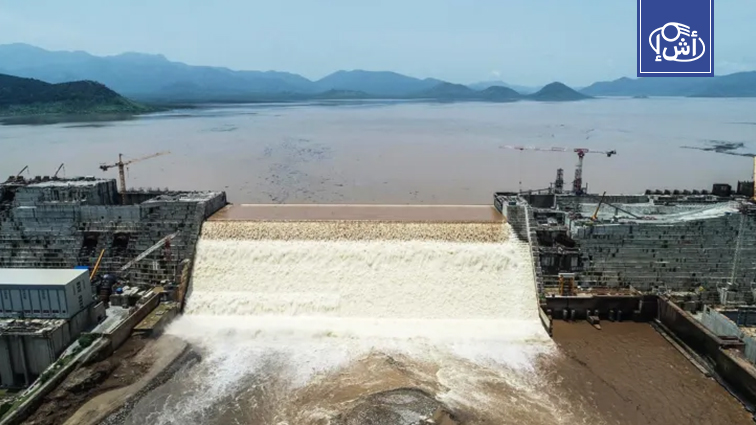The Egyptian Minister of Irrigation and Water Resources, Dr. Hani Swilam, stressed that many countries of the world are in a critical state of decreasing per capita water and exacerbating water scarcity crisis.
The Egyptian minister made the remarks during his speech at the main session of the Tenth World Water Forum held in Bali, Indonesia.
Swilam considered that rapid development, development and the challenges of climate change are increasing pressure on available water resources.
Delivering the speech on behalf of President Abdel Fattah El-Sisi, Swilam stressed the importance of adhering to the rules and principles of international law for cooperation, consultation and avoiding causing harm when managing transboundary water resources.
The minister referred to the Egyptian warning against unilateral policies, especially with regard to the Renaissance Dam, which is being built and operated on the Nile River without adhering to international rules and without providing detailed technical studies on the transboundary economic, social and environmental impacts on downstream countries.
Swilam explained that food is the largest focus of water use globally, making water and food security issues intertwined.
He stressed that Egypt faces increasing and complex challenges in providing basic water needs due to its extreme scarcity, as Egypt depends on the Nile River for 98% of its renewable water resources, and more than 75% of these resources go to provide food security through agriculture.
Swilam stated that Egypt’s per capita water supply is close to absolute water scarcity with an average of 500 cubic meters per year, and that the country suffers from a water deficit of up to 55% of its needs, which further complicates the situation due to climate change and its effects in Egypt and the Nile Basin.
He pointed to the recent steps taken by Ethiopia to start the fifth filling of the Renaissance Dam without coordination with Egypt and Sudan, which increase anxiety and tension between the three countries as the negotiations ended last December without reaching an understanding that satisfies all parties.
Satellite images revealed that Ethiopia began the process of raising the dam through the middle corridor, pouring concrete after it dried.
The images also showed two excavators working for the first time up the middle aisle, possibly to make probes or connections with the new concrete.
A horrific traffic accident injures 28 displaced Sudanese near the Libyan border
